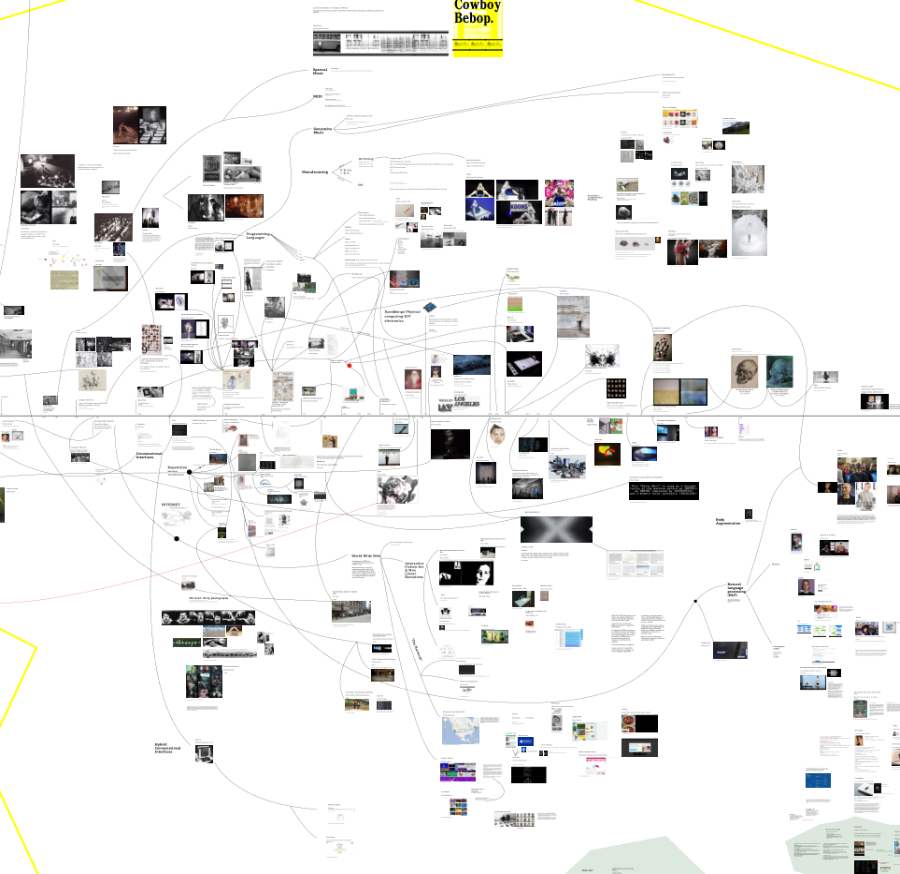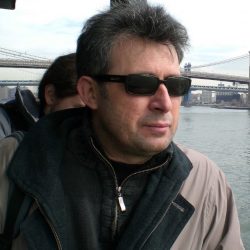3D Design – If Then Art

The algorithms as extended procedures of artistic practice will be the main tool of the course. The aim of the course is to create stimuli and improve students’ access to a field of thought, practice, and experimentation where art and algorithms coexist.
In the first semester, the course structure will revolve around algorithmic themes such as repetition, recursion, emergence, parameterization, generativity, artificial intelligence, simulation, transcoding, and transmediality, mapping works of artists who have worked/are working in these expanded thematic fields of artistic practice.
The second semester of the course focuses on the introduction to the Processing programming language. Students will be introduced to the basic syntactic structures of Processing through examples (demos) and workshops. They will engage in programming exercises that gradually build on each other, culminating in the creation of a larger-scale project.
Throughout the year, there will be workshops dedicated to learning the open-source software Blender. In addition, the lab is equipped with 3D printers providing students with hands-on experience in 3D printing fabrication techniques.
By the end of the course, students will have gained a comprehensive understanding of algorithmic practices in art, developed programming skills using Processing, and acquired practical knowledge of software tools and construction techniques within a creative framework.
Books:
“The New Media Reader” by Noah Wardrip-Fruin and Nick Montfort.
“Form+Code in Design, Art, and Architecture” by Casey Reas, Chandler McWilliams, and LUST.
“Processing: A Programming Handbook for Visual Designers and Artists” by Casey Reas and Ben Fry.
“Digital Art” by Christiane Paul.
“Digital Art, Aesthetic Creation: The Birth of a Medium” by Paul Crowther.
“Neuromancer” by William Gibson.
“Words Made Flesh” by Florian Cramer.
Websites:
The Processing Foundation: Official website of the Processing programming language, offering educational materials, examples, and a very active forum.
Creative Applications Net: An online platform showcasing generative works, exhibitions, and art that utilizes algorithms and digital technologies.
Rhizome: A platform for contemporary digital art and culture, featuring articles, exhibitions, and artist profiles.
AI and Art Lab: An online community and information source for artists working with artificial intelligence and machine learning in their artistic practices.
Leonardo Journal: A journal focusing on the intersection of art, science, and technology, with articles and research related to algorithmic art.
Generative Art Archive: A collection of artworks, essays, and publications on generative art, showcasing the application of algorithms in artistic creation.
MIT Media Lab: A department of the Massachusetts Institute of Technology focused on the interactions between technology, art, and science.
Chrome Experiments: Small demos combining web technologies, image, and sound to create interactive experiences.
Blender
Interviews – Texts – Speeches:
Interview with Mez by Josephine Bosma.
Machine learning and art, Gene Kogan.
On coding instruments, Amit Pitaru.
“The Work of Art in the Age of Mechanical Reproduction” by Walter Benjamin.
FANOURIS MORAITIS (NOURAKO) / Assistant Professor
Nourako lives and works in Athens. His work focuses on practices of post-digital plasticity and the study of algorithms as expanded artistic processes. He holds a degree in Electronic Engineering & Computer Engineering from the Technical University of Crete and obtained an MSc. in Art and Technology from Chalmers University of Technology in Sweden with a scholarship from the A. S. Onassis Foundation. He worked at the National Institute for Research in Computer Science and Automation (INRIA) in France and studied at the Art Students League of New York. He is a graduate of the Athens School of Fine Arts, Sculpture Studio A.
Email: fmoraitis@asfa.gr

